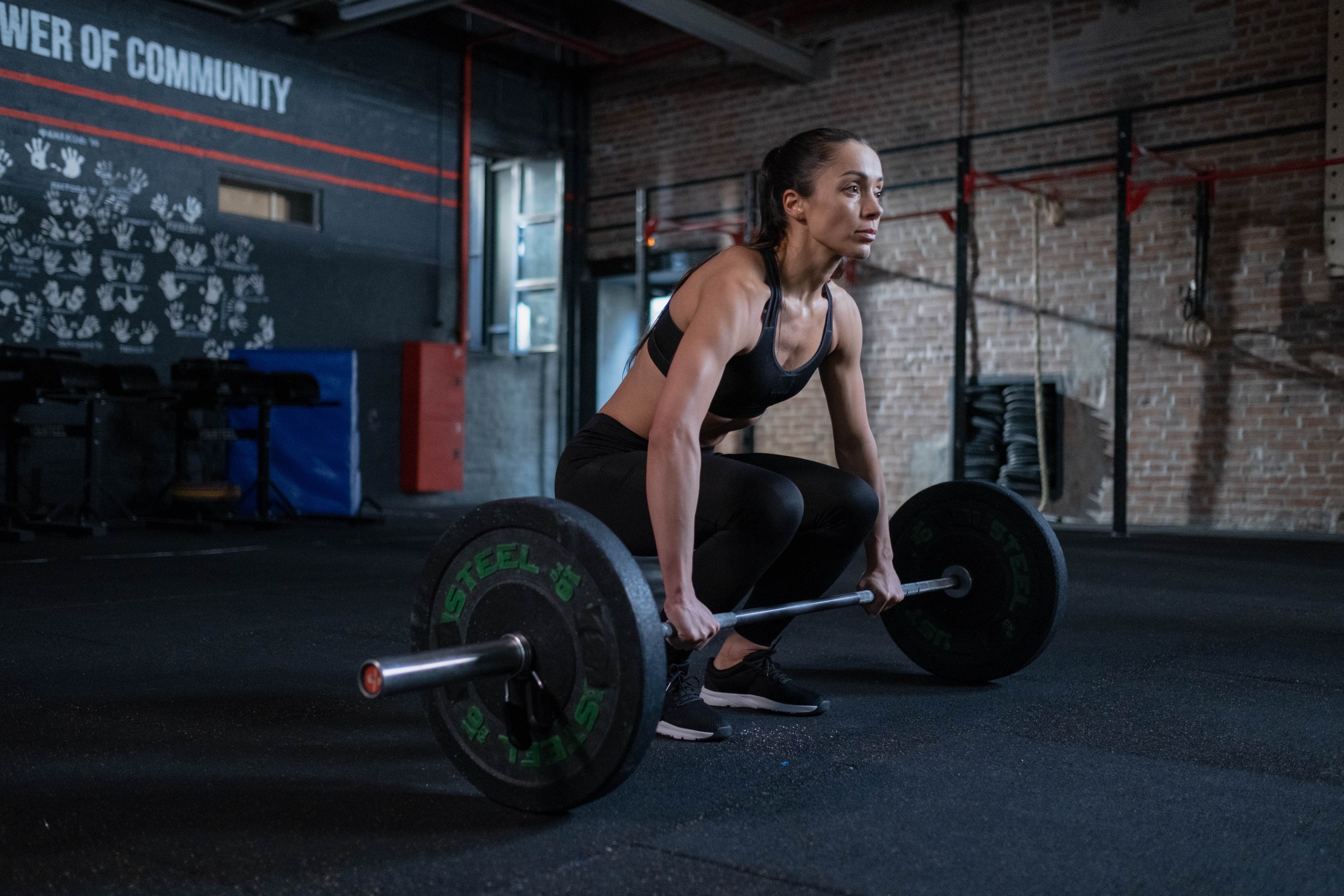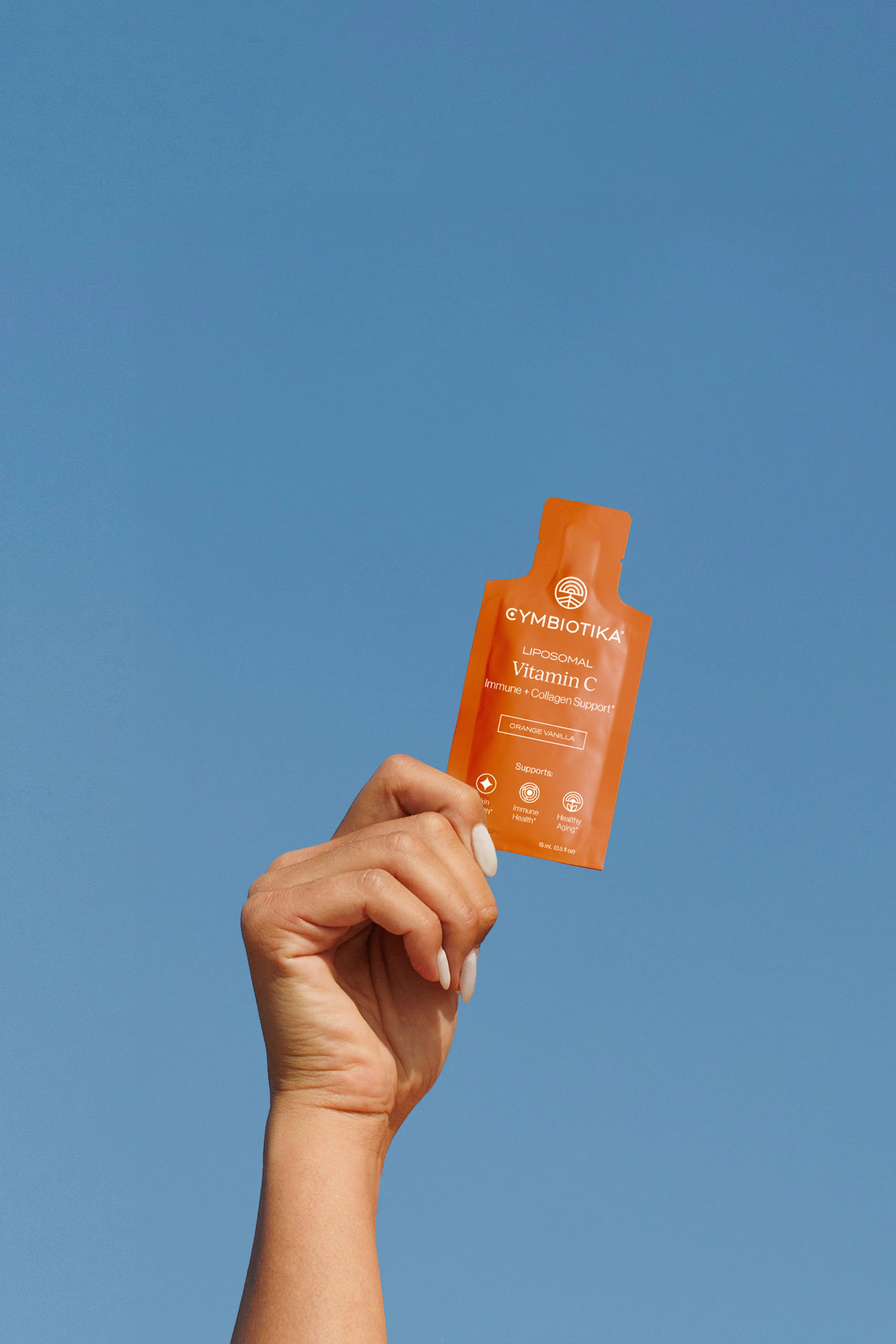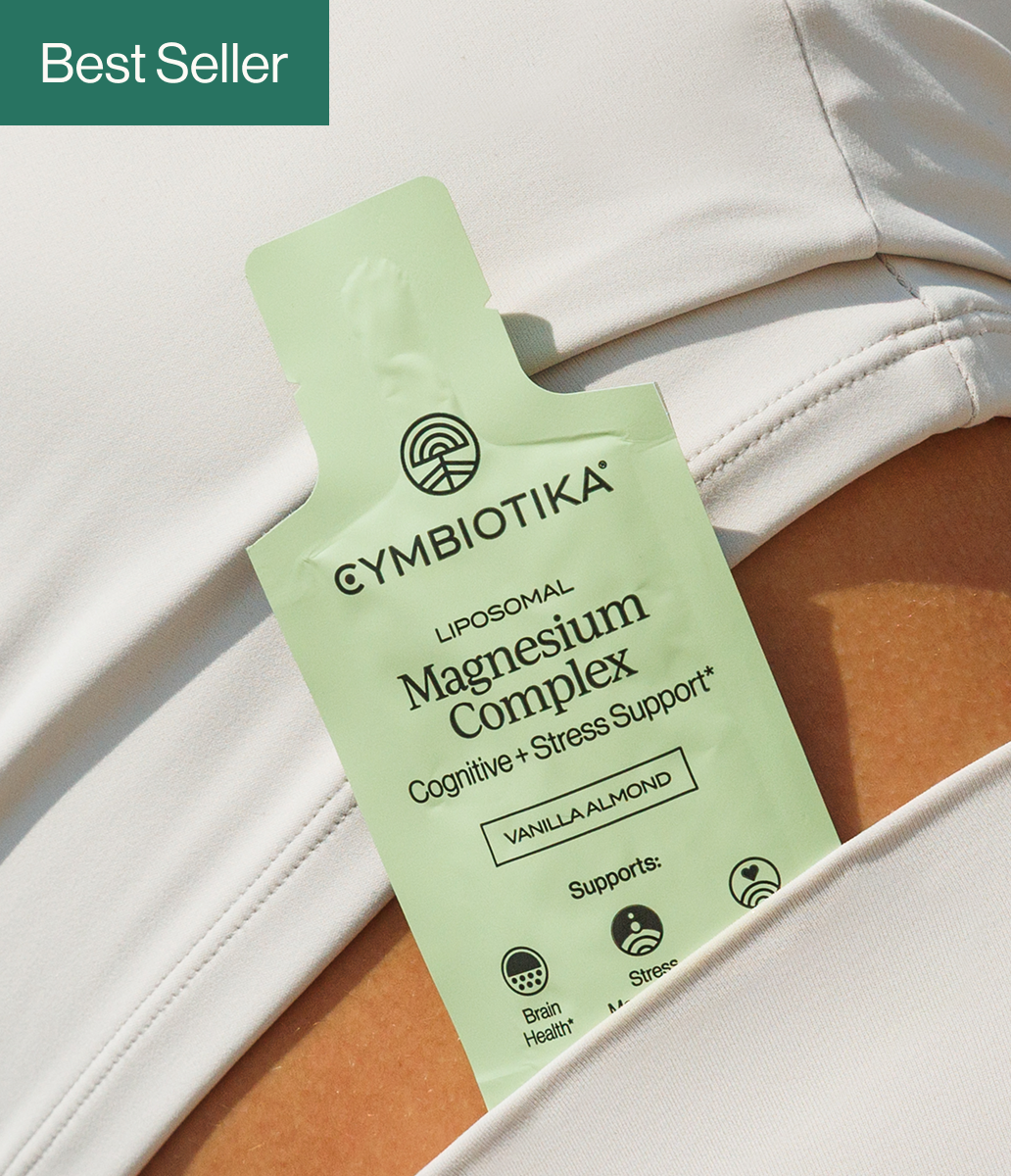
You’ve probably heard it before and you’ll almost certainly hear it again: proteins are the building blocks of life.
Technically, from a scientific perspective, proteins are complex macronutrients made up of long amino acid chains, found in our muscles, tissues, organs, bones, and more. Okay, so that sounds an awful lot like the building blocks of life.
Unfortunately, the components of the protein-rich foods we consume might not make their way to our bones, muscles, and organs. Strangely, food doesn’t always turn into nutrients if our body isn’t digesting and absorbing them properly. That issue of protein absorption is exactly what we’re going to talk about—and teach you how to course-correct (but first, a quick biology recap!). Also, see our blog on how to boost nutrient absorption for more information on this topic.
How Does Our Body Digest and Absorb Protein?
For starters, digestion and absorption are not interchangeable, but they’re also not completely separate. They’re two steps of the same process.
First, you digest. Then, you absorb.
Let’s take this step by step so you have a clear idea of exactly what’s happening from the time you put, let’s say, a handful of protein-rich almonds in your mouth until the amino acids from said protein have been absorbed into your bloodstream:
-
After chewing and swallowing your food, it moves through your esophagus and into your stomach. Think of this like making a smoothie—you start with a few handfuls of your favorite frozen fruit and toss them into a blender.
- Your stomach is a highly acidic environment, perfect for digestion. Once the food arrives here, your body activates a protein-specific enzyme to break it down into peptides, or small chains of amino acids. The enzymes are responsible for this process but they don’t work without hydrochloric (or stomach) acid.
- Imagine you turn on the blender full of mostly frozen fruit. The blades partially chop up the fruit, but at this rate, the smoothie would be way too thick and practically undrinkable. So, you pour a splash of juice into the blender. Much like the stomach acid activating the enzymes, this better allows the blender to break up your food.
- Before your acidic stomach contents can continue through your digestive system into the small intestine, the pancreas releases a bicarbonate buffer to neutralize the high acid content and more enzymes to break down the peptides. Here, you add a scoop of yogurt to cut the acidity and create a smoother texture. But you also notice that the texture still looks too thick, so you can add another splash of juice and turn the blender up to the highest speed to fully break everything down.
- By the time that original handful of almonds reaches your small intestine, it’s nothing more than individual amino acids, dipeptides, and tripeptides that are all ready to be absorbed. Now that your smoothie has been properly blended and the once-frozen fruit chunks have been broken down, you can pour it into a cup and easily suck it up through a straw. Without first blending, you’d never be able to fit the contents through something that small—similarly, your body can’t absorb protein without first digesting it.
- Finally, the absorbed amino acids—originally protein—are released into and travel through the bloodstream, allowing them to reach the cells in tissues that need repairing and muscles that need building. To bring this entire metaphor full-circle, this step in the process is when the nutritious smoothie reaches your stomach, only to be digested and absorbed itself.
So if my body is meant to digest and absorb the nutrients from protein, why isn’t it doing what it’s supposed to?
Well, is your blender plugged in? Are you using the right ratio of frozen fruit to juice? Have you set your blender to the right mode and intensity?
Okay, so your body’s not a blender and your stomach contents aren’t a smoothie, but there are several steps along the way where things might be slightly out of order, just like when you’re whipping up your fruit juice in the morning. It’s important to troubleshoot and identify where you—or your body—might be going wrong so that you can find the right solution.
Ways to Improve Protein Digestion and Absorption
If you’re eating plenty of healthy protein sources, yet still feeling lethargic, weak, frequently under the weather, or even hungry after nutritious meals, this can be seriously confusing.
If you put a protein source such as plant protein or milk protein in your body, it should work, right?
Not if your body struggles to properly digest or absorb the nutrients derived from protein intake—the ones that energize, strengthen, cure, and satiate you. Luckily, you can facilitate healthy digestion and absorption with a few simple lifestyle changes.
#1 Add Probiotics Into Your Daily Diet
Probiotics have swept through the health and nutrition community in recent years, but unlike fad diets and unsubstantiated claims, they’re the real deal when it comes to protein digestion.
The benefits attributed to probiotics are broad and vast so for now, we’ll focus on the specific improvements they can have on your digestive system:
- They can regulate our intestinal microflora, which plays a key role in overall gut health and, in turn, digestion.
- They specifically influence the gut bacteria involved in proteolysis. Proteolysis is the exact process we’re seeking to improve, the enzymatic breakdown of proteins partially into peptides or fully into amino acids.
- They act as a catalyst for protease and peptidase activity. The enzyme peptidase specifically breaks peptides into amino acids, while protease accelerates the speed of digestion.
- They can improve the body’s amino acid and peptide absorption by increasing the ability of the intestinal epithelium, the thin layer of cells that absorb digested nutrients, and the subsequent transportation of amino acids throughout the body.
What you can do: Plenty of foods are naturally packed with gut health-promoting probiotics, including yogurt, tempeh, miso, and kombucha. However, some of these ingredients are hard to incorporate into your everyday meal prep, which is where healthy gut supplements can be introduced to help.
For an easier alternative, try one daily spoonful of ReGenesis, an organic, antioxidant-rich, probiotic-bound formula designed to improve gut health and digestion.
#2 Consume Foods High in Digestive Enzymes
Now that you understand the natural protein digestion process, you know just how important your body’s enzymes are. In fact, they’re not just “important”—they’re the essential feature.
This is a case of “the more, the merrier,” but how do you get more than what you already have?
You can’t convince your stomach and small intestine to make more enzymes, but you can introduce more from the outside in. Specifically, plant-based digestive enzymes are thought to be the most effective dietary supplements for a few reasons:
- Animal-based enzymes only survive within a certain pH range, which doesn’t typically include the highly acidic environment of our stomachs.
- Cooking food destroys its enzymes, essentially rendering it useless as a digestive aid. Because of this, raw foods like fruits and vegetables (plant-based enzymes) are much more effective than cooked meat (animal-based enzymes).
- Bromelain specifically breaks down internal peptide bonds, which is essential for digestion into amino acids and eventual absorption. This protein-digesting enzyme is found in abundance in pineapple, another example of a top-tier plant-based enzyme.
What you can do: Once again, you can find this digestive aid either in its natural state—fruits, vegetables, and other foods—or you can use supplements that have already extracted the most potent form of the enzyme and turned it into a capsule or pill. If you are wondering, “Are liquid vitamins better than pills?”, check out our blog post for more information.
You can find bromelain or papain, another powerful digestion-inducing enzyme, in the following foods, particularly when consumed raw:
- Pineapple
- Papaya
- Kiwi
- Ginger
- Asparagus
- Kimchi
- Yogurt
- Kefir
#3 Up Your Vitamin Intake
Across the board, vitamins and minerals are vital to our continued health and well-being. But when it comes to protein digestion specifically, these two vitamins take the top spots:
- Vitamin B6 – Ingesting vitamin B6 helps you maximize the value of your protein. It helps your digestive enzymes do their job to break down proteins and transport the resulting amino acids to the bloodstream.
- Vitamin C – This catch-all miracle vitamin is touted far and wide as an immune system booster, protective antioxidant, and skincare remedy. But it can also help your body’s digestive system by maintaining healthy tissues in your digestive tract and increasing your body’s production of stomach acid.
What you can do: You can fill your daily food intake with vitamin C-rich options, including citrus fruits, dark green vegetables, and strawberries, as well as foods high in vitamin B6, like fish, lean meats, potatoes, and avocados. You can also simplify your life with convenient daily supplements, like a multivitamin or tasty spoonful of Synergy Liposomal Vitamin C. See our blog article on how to increase vitamin absorption for more information on this topic.
Cymbiotika: the Building Blocks of Healthy Digestion
It’s not always easy to eat a perfectly balanced diet with healthy proteins, fats, carbs, and more. But if you manage to pull it off, it isn’t fair that all those much-needed nutrients might not even make it into your system.
You’ve done the hard work—you deserve the payoff.
For better digestion, absorption, and all the benefits that come with proper gut functioning, incorporate Cymbiotika’s health-promoting supplements into your daily routine. When all you have to do is swallow a spoonful of these tasty formulas—or squeeze them into your favorite fruit smoothies—there’s no reason not to enjoy the benefits.
Now that you know how to increase protein digestion and absorption, it’s time to go out and do it!
Sources:
LibreTexts. Protein Digestion, Absorption and Metabolism. https://med.libretexts.org/Courses/American_Public_University/APUS%3A_An_Introduction_to_Nutrition_(Byerley)/Text/05%3A_Proteins/5.04%3A_Protein_Digestion%2C_Absorption_and_Metabolism
Current Protein & Peptide Science. Influence of Probiotics on Dietary Protein Digestion and Utilization in the Gastrointestinal Tract. https://pubmed.ncbi.nlm.nih.gov/29769003/
1MD. The Importance & Benefits of a Plant-Based Digestive Enzyme Supplement. https://1md.org/article/plant-based-digestive-enzymes-1md
Complementary Therapies in Clinical Practice. Factors affecting adherence to a raw vegan diet. https://www.ncbi.nlm.nih.gov/pmc/articles/PMC3635096/
Encyclopedia of Food and Health. Bromelains. https://www.sciencedirect.com/topics/agricultural-and-biological-sciences/bromelains
Healthline. Proteolytic Enzymes: How They Work, Benefits and Sources. https://www.healthline.com/nutrition/proteolytic-enzymes
Golden Gate Obstetrics & Gynecology. How to Help Your Body Absorb Protein. https://goldengateobgyn.org/how-to-help-your-body-absorb-protein/























